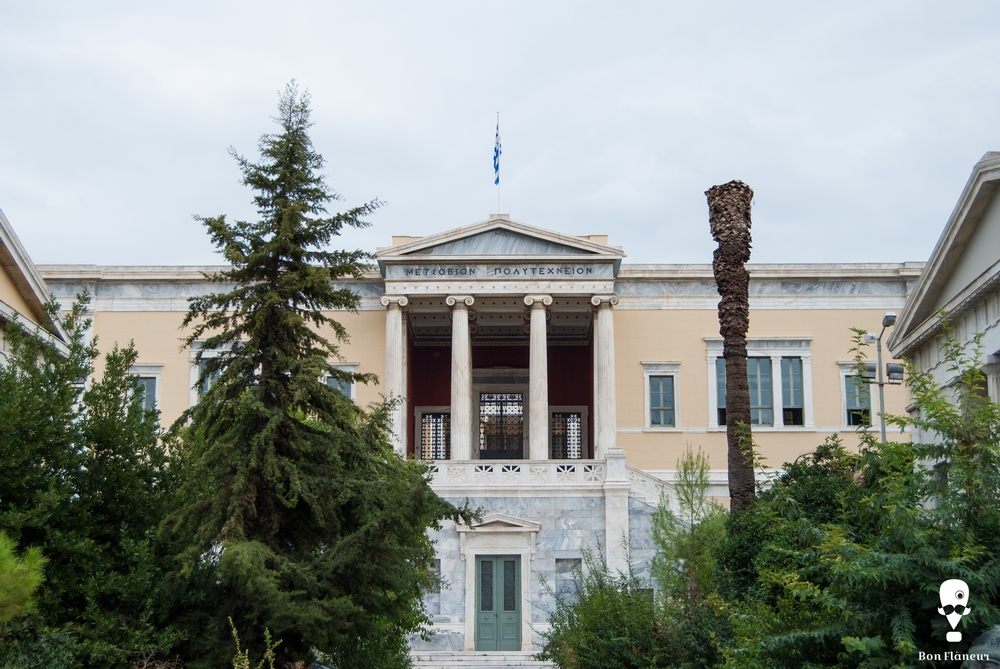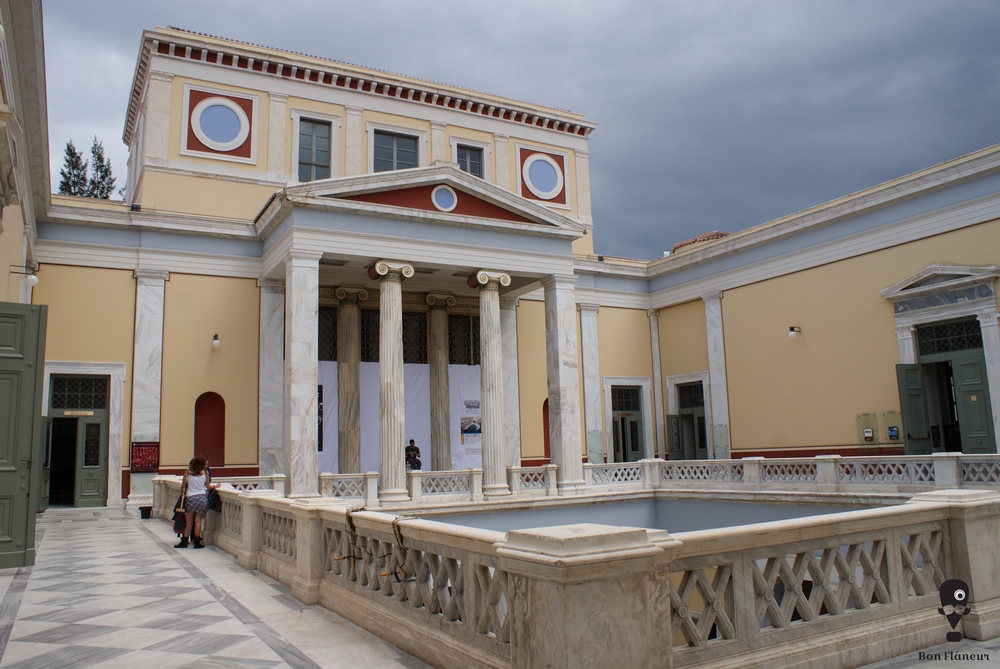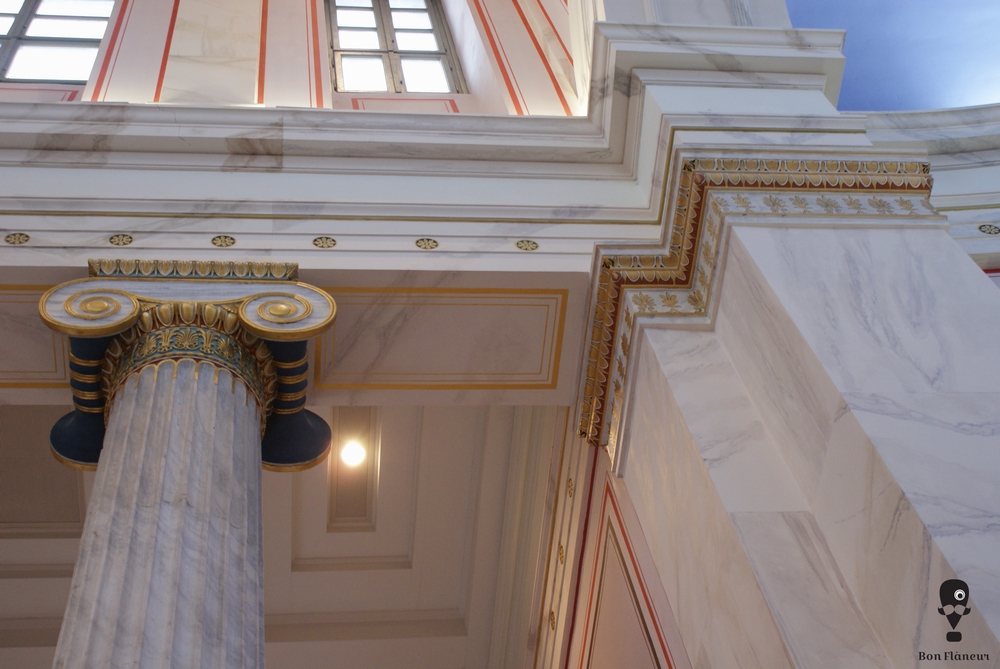National Technical University
The National Technical University is known not only thanks to its architectural merits, but also because of its historical and architectural significance.
Location
Timeline
Modern and Contemporary era (1821 - )
1852 Nikolaos Stournaris, a benefactor from the small provincial town of Metsovo, had donated 500,000 GDR for the construction of the Technical University. Georgios Averof –another Metsovo originated benefactor – in turn donated a substantial amount for the same purpose setting the term the University to be named after his home town.
1862 Beginning of construction.
1876 Completion.
1920 Between 1920 and 1940, Gkinis building was built.
1950 The Bouboulinas wing was built (architect: Emmanuel Kriezis).
1973 Rebellion against the military junta (dictatorship).










Share